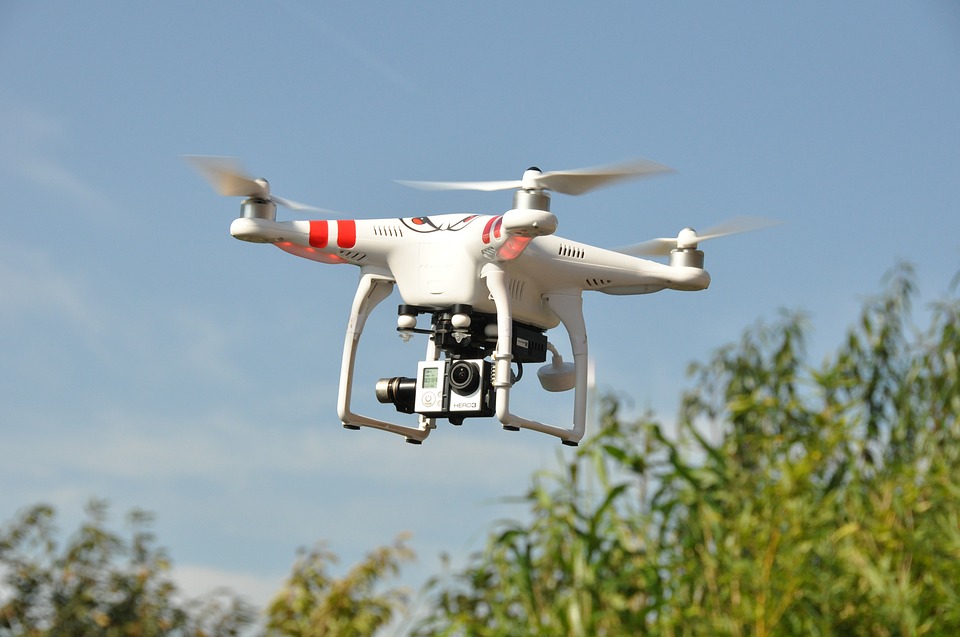The technology at the Consumer Electronics Show (CES) will bubble up into business and into enterprises quickly – far quicker than IBM, HPE, Cisco, or any of the enterprise strength IT companies would like. Initially technology came from business to consumers – think PCs. The sheer size of consumer market and its willingness to put up with beta releases makes the consumer world the ideal proving ground for the less fault tolerant enterprise world.
Drones are bubbling up. While they started in the military, they now are big segment of the consumer market. Drones or autonomous flying vehicles have been improving including automated stabilization, 4K cameras, enhanced flying times, etc. Many of them have dozens of computers on board and some rather impressive programming to make them simple to use.
Due to the wide-spread usage of drones in the consumer market, they are vastly improved and far less expensive. One of the leader’s in the industry, DJI’s basic drone, Phantom 3 Standard, is just under $500 flying for ~25 mins, includes GPS tracking, tracks subjects based photo recognition using a 1080 camera for photos and stills. Refurb is $329 and knock offs are even cheaper. Just 5 years ago, this would have been a top of the line $5K drone, if even available.
Part of the attractiveness of the consumer world is scale. The other factor is that the consumer world is filled with willing beta testers. Recent releases of drones from reputable companies come with lots of complaints on the internal boards of not flying well, not following waypoints, and simply flying away. A drone that loses its signal is supposed to fly back to the point of origin and land. In the business world, this would be a breach of contract and might result in loss of property or life. In the consumer world, the drone manufacturer can just send a firmware update, a coupon, or at worst replaces the device.
While scale makes the money, it is the willing beta tester that enables advancement. Haven’t you signed up to be a beta or an alpha tester. I know I am for many of IBM’s early release programs. We have marvelous internal site called “Technology Adoption Program” where individuals submit their software inventions. Many have become key enablers of IBM’s business.
What else might bubble up? Virtual Reality has real possibilities for training. Consumer IoT devices will make it into manufacturing. Fitness IoT devices will make it into Medical IoT devices. Home IoT devices by Amazon, Google, and Apple will rapidly make both IoT device and cognitive (AI) advances as we all beta test their devices for more hardened uses. I know send in correction reports regularly and in general they do a good job following up. The list is endless as people gobble up consumer technologies.
We used to make fun of 3rd world countries using the computers out of toys to steer their weapons. Maybe they were just ahead of their time.


